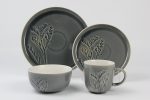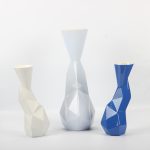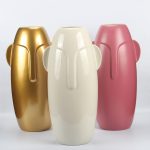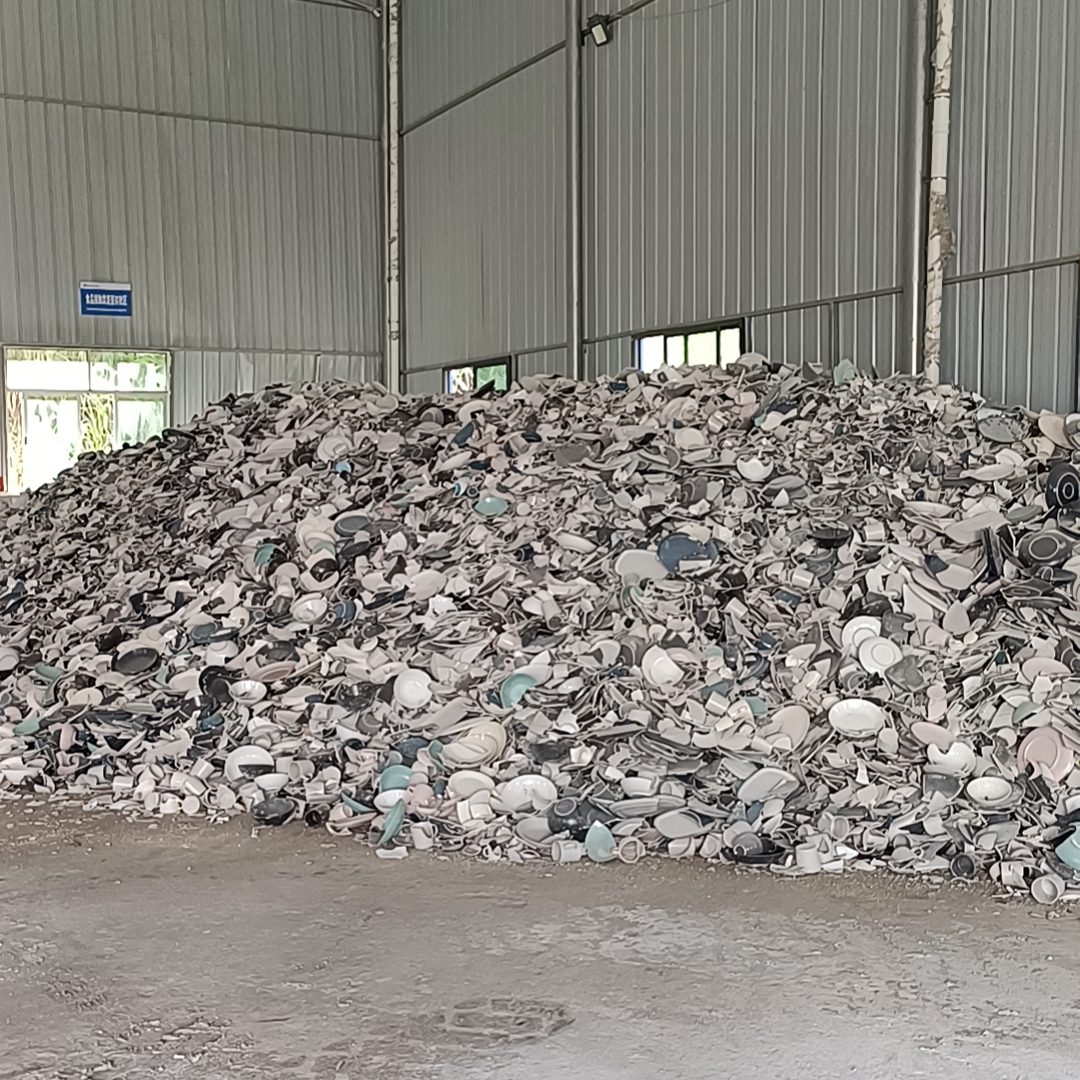
It should not be difficult to find in daily life, from our three meals a day to decorative ornaments, ceramics have been all over every part of our lives. As one of the most common materials in our daily life, ceramics have made significant contributions to China’s economic construction at the same time.
The landfill of a large number of solid waste from ceramic production also has a negative impact on the ecological environment. At present, the country’s traditional ceramics waste has reached nearly 20 million tons per year, and a large amount of waste porcelain waste residue is still directly discarded or landfilled, which does not only occupy a lot of land resources, but also seriously affect people’s lives and ecological environment, environmental pollution has become a much-criticized problem in the ceramic industry.
As a ceramic manufacturer, we know that ceramic waste should not only go to landfills. So how do we take it up?What about this social responsibility for sustainable development? It is important to know that ceramic production is carried out in the process of forming, glazing, roasting, storage and transportation.A large amount of embryo body waste, firing waste and waste glaze are generated. We try to give discarded ceramics a new form and value.
This achieves economic efficiency while reducing environmental damage.Hence our recycled ceramics -“Regenerated Ceramics” series is born.
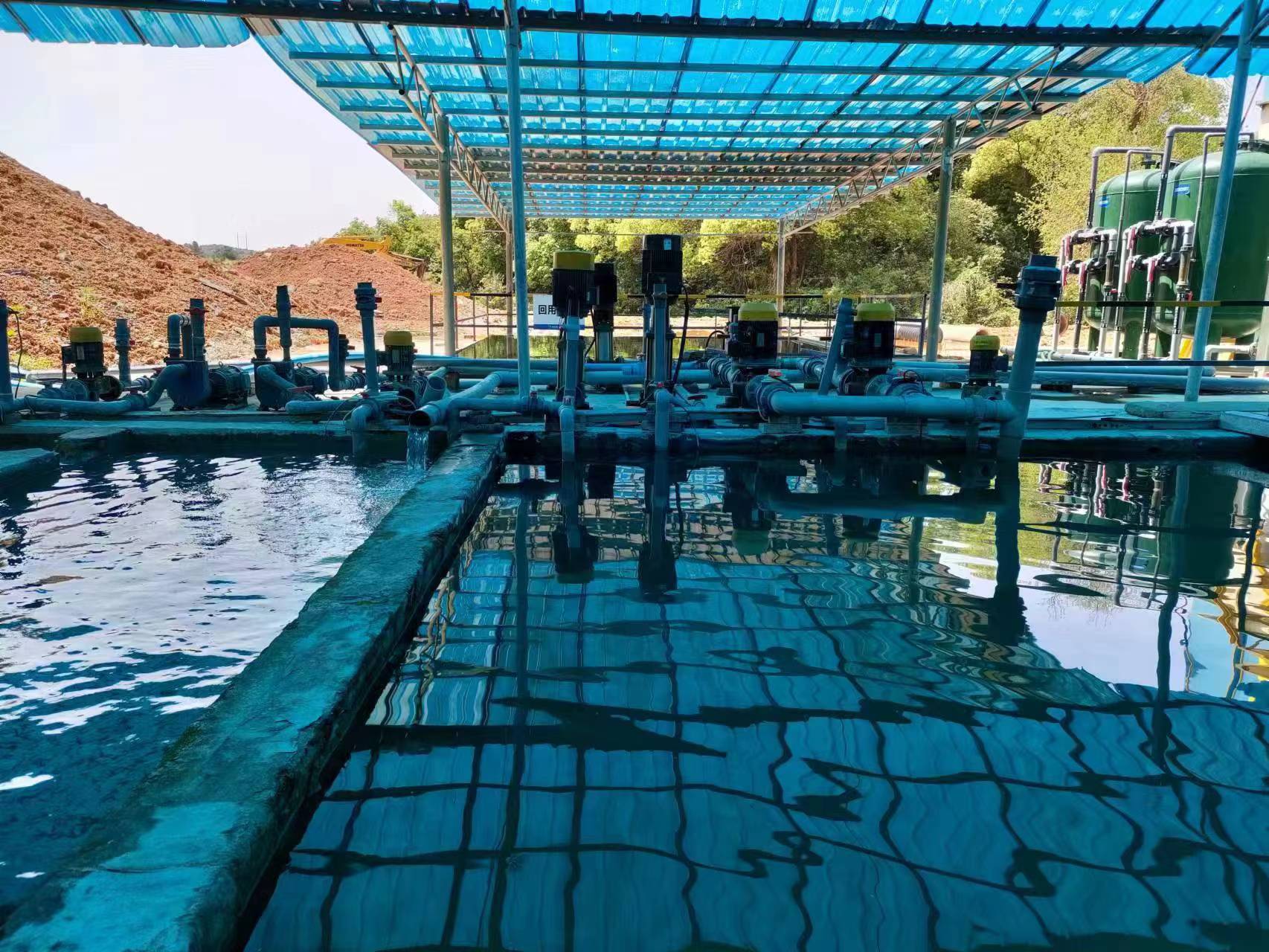
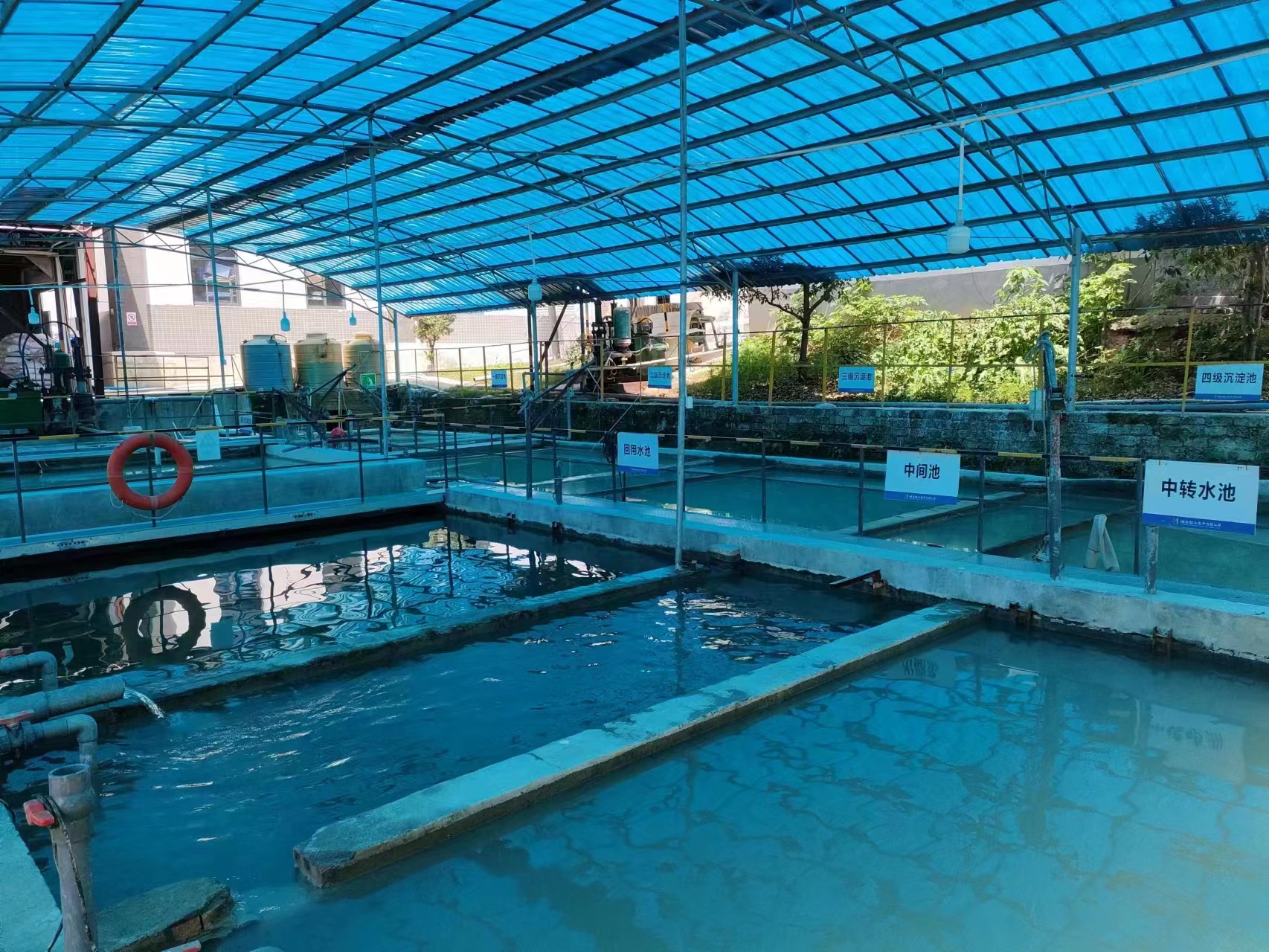
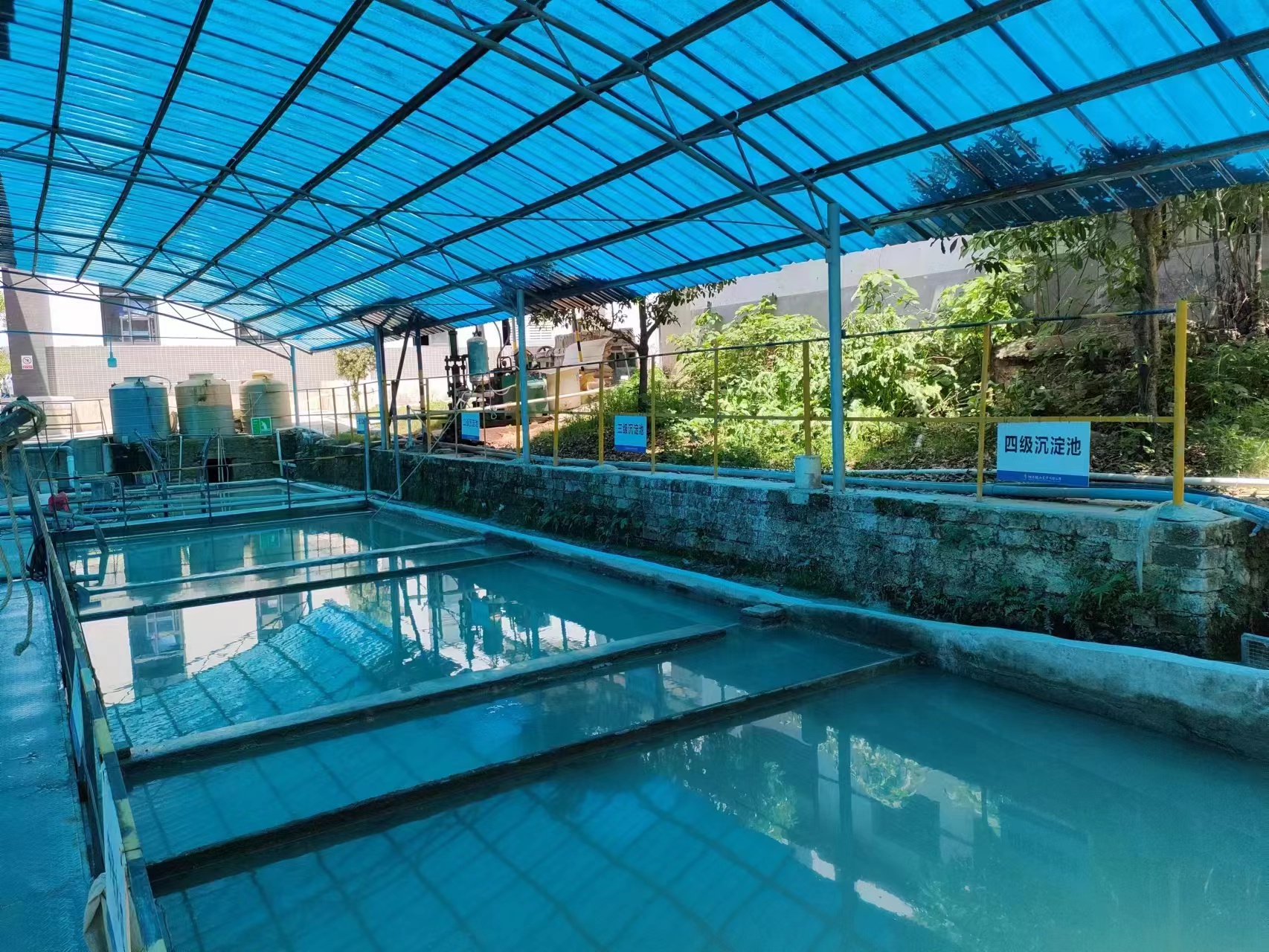
Regeneration of clay. The main raw materials of ceramic green bodies are derived from non-renewable mineral natural resources, such as kaolin, quartz, clay, etc. In the face of increasingly scarce porcelain clay resources, we have developed innovative recycled ceramic clay to reduce the mining of raw materials and the environmental pollution of ceramic waste. The raw materials for recycled ceramic clay come from various industrial wastes, such as fly ash from coal-fired power plants, tailings from steel mills, waste cassettes and waste porcelain powder from ceramic factories. Through countless attempts, an optimal formula was finally obtained, and the final ceramic products presented not only reproduced the original skeleton of the ceramics, but also gave them a unique texture. And this idea has been professionally recognized – our industrial waste ceramic clay has obtained the certification of national invention patents.
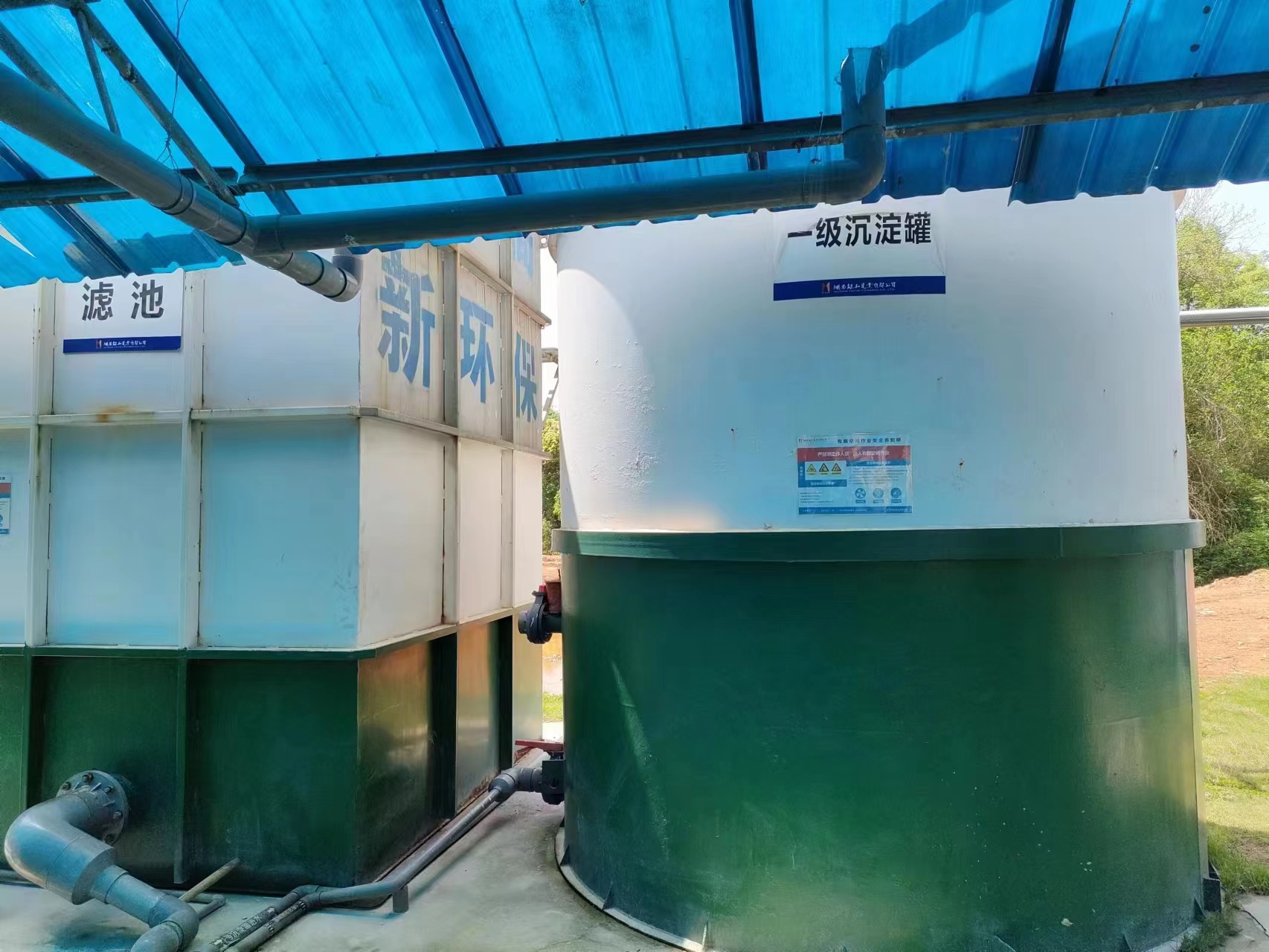
Innovation in glaze. In addition to being used as a raw material for the green body, industrial waste can also be used as a decorative surface for ceramic surfaces. We use ore sands and lithium battery lithium mica tailings extracts from vanadium steel as raw materials for kiln glaze or color mud after multiple treatments, reducing the overuse of natural resources and innovating ceramic surface decoration.
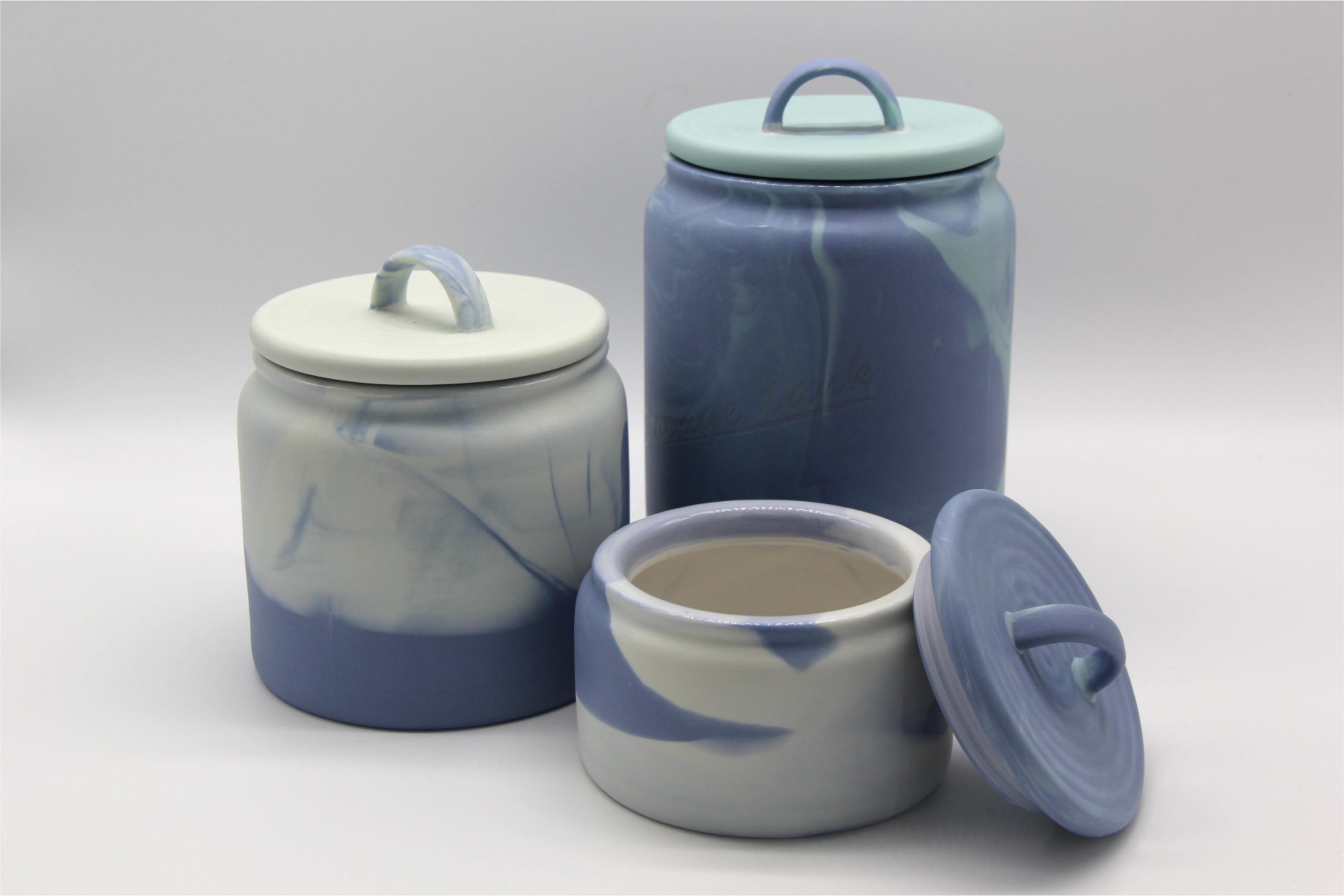
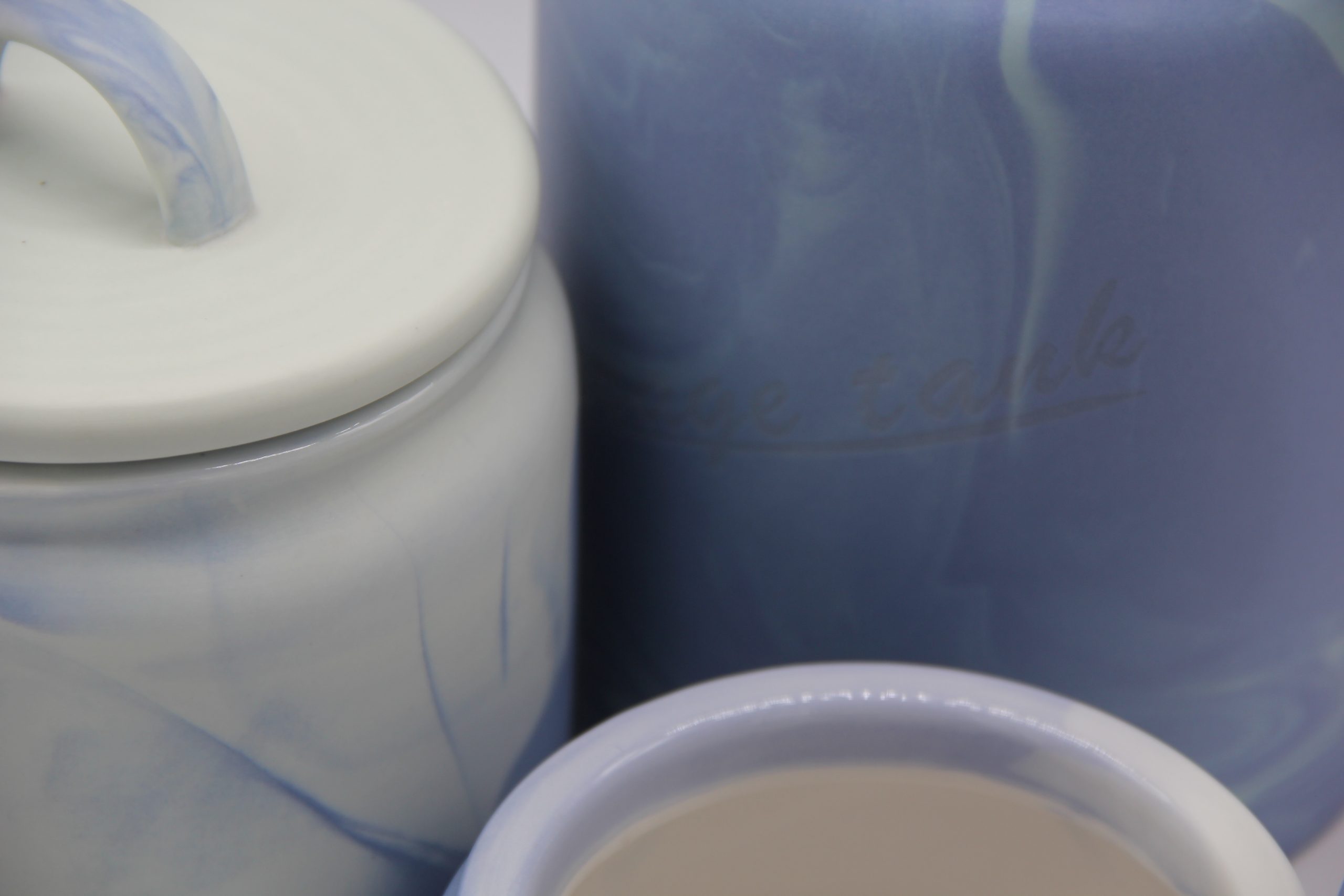
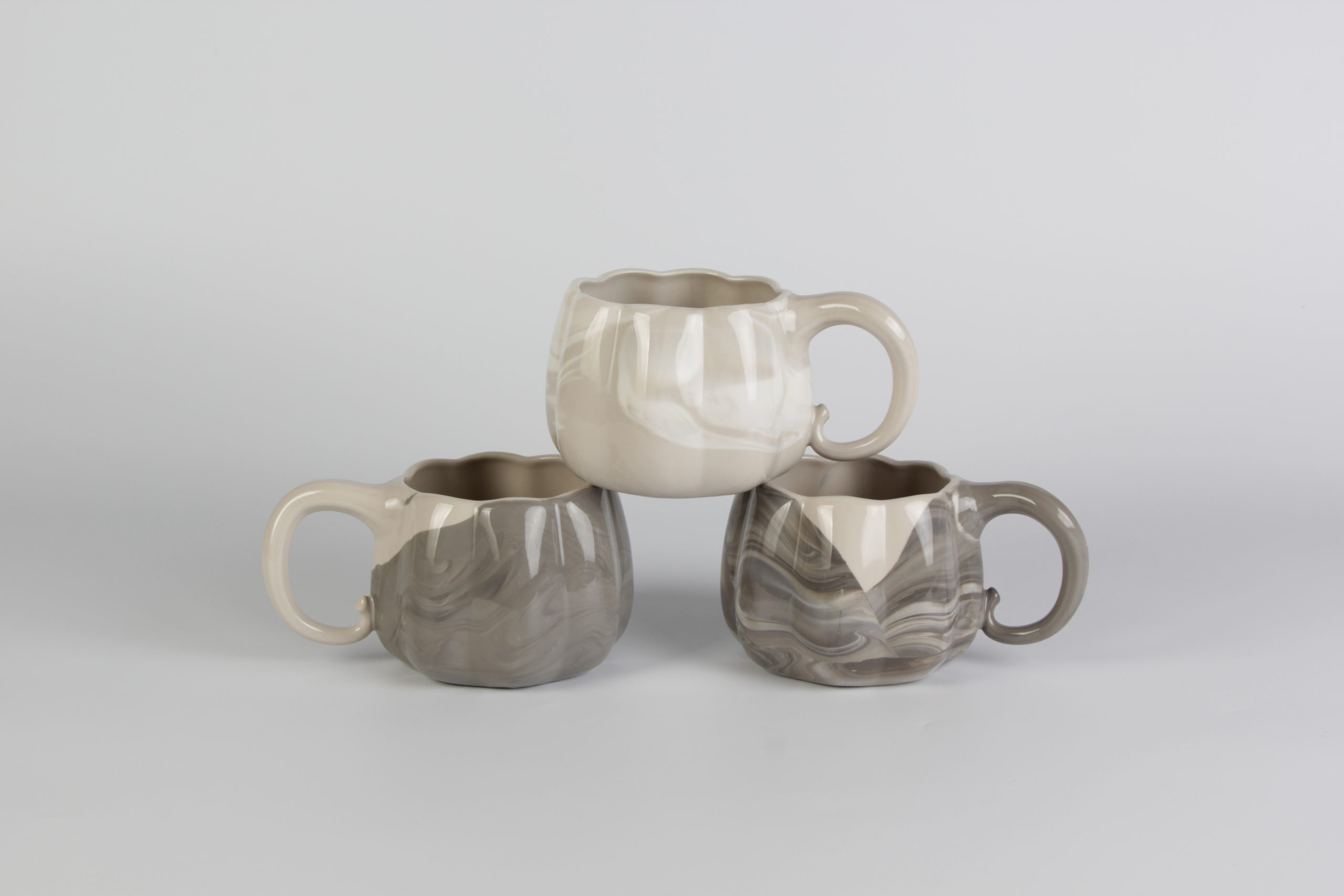
Reform of energy supply. In the process of firing traditional ceramics, the large amount of energy use also exacerbates the damage to the environment. To reduce carbon emissions, we are choosing to move away from traditional production fuels and opting for a cleaner, renewable energy source – solar energy. We have built our own photovoltaic power generation base, 61.5% of the factory’s electricity supply comes from photovoltaic power generation, and if we encounter peak energy demand, we also choose natural gas, which is cleaner than coal, as a supplementary energy source. In addition, we have built a waste biomass combustion system, which uses the heat energy generated by the combustion of waste biomass to dry the ceramic body in the drying room.
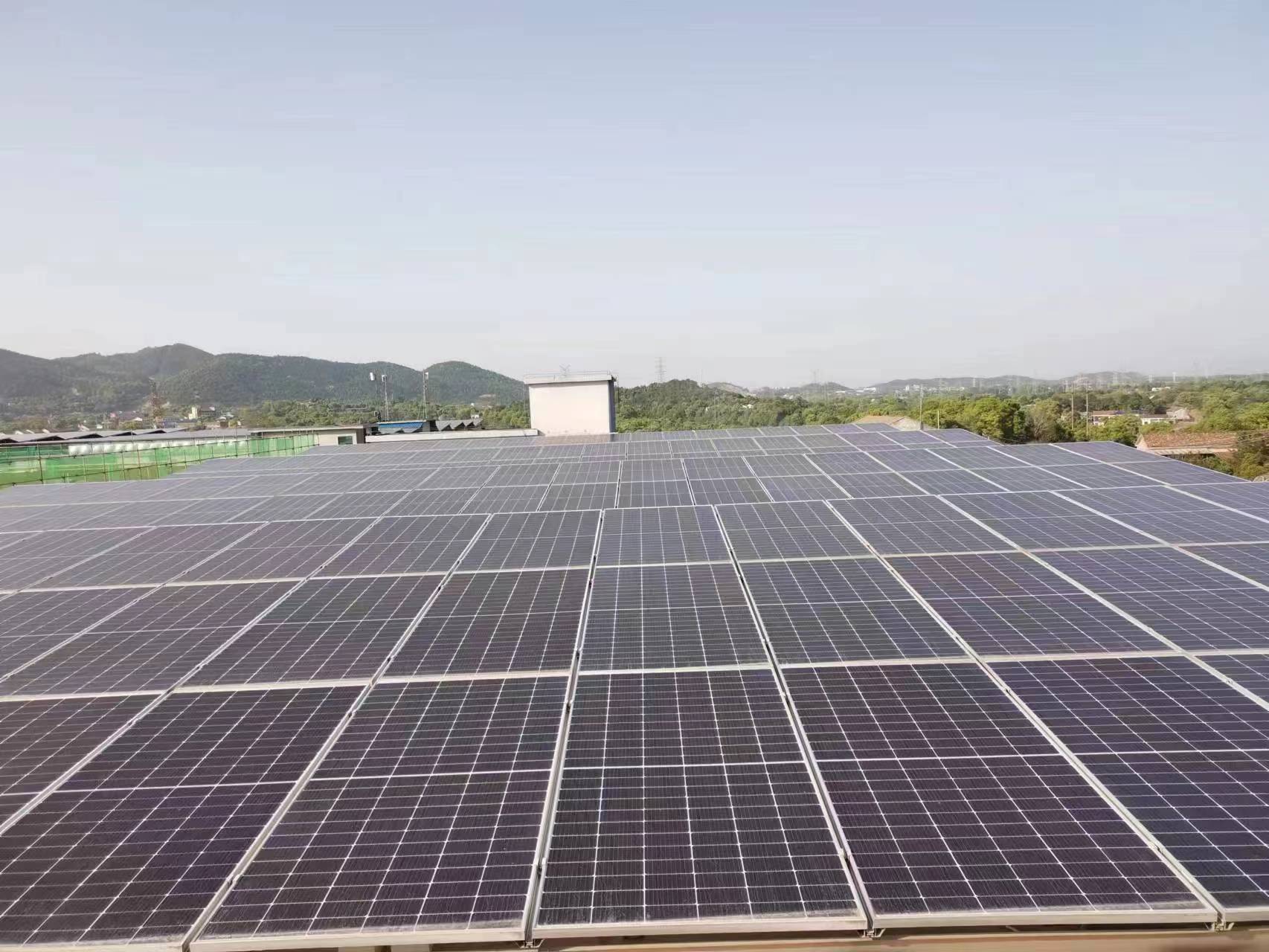
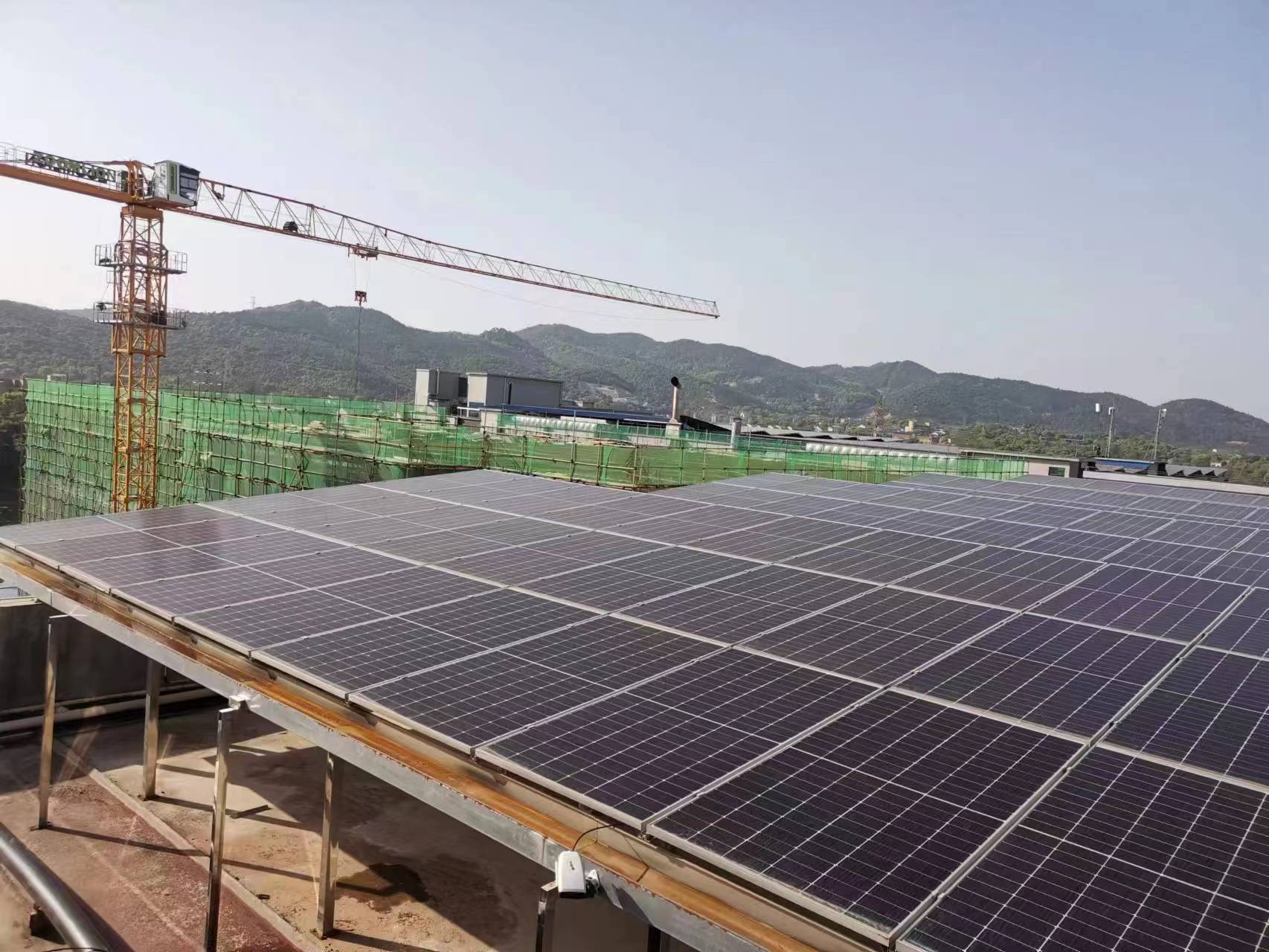
Artistization of ceramic industry waste. For other ceramic scraps that cannot be used as raw materials and accessories, we make them into artistic landscapes. Seeds, sticks and other objects were once an important part of ceramic production, and when they were gradually damaged and no longer played a role as auxiliary production, these scraps were carefully designed into the scenery of the factory, silently telling their stories in every corner. We hope to practice the concept of sustainable environmental protection while also showing the charm and culture of ceramic production.
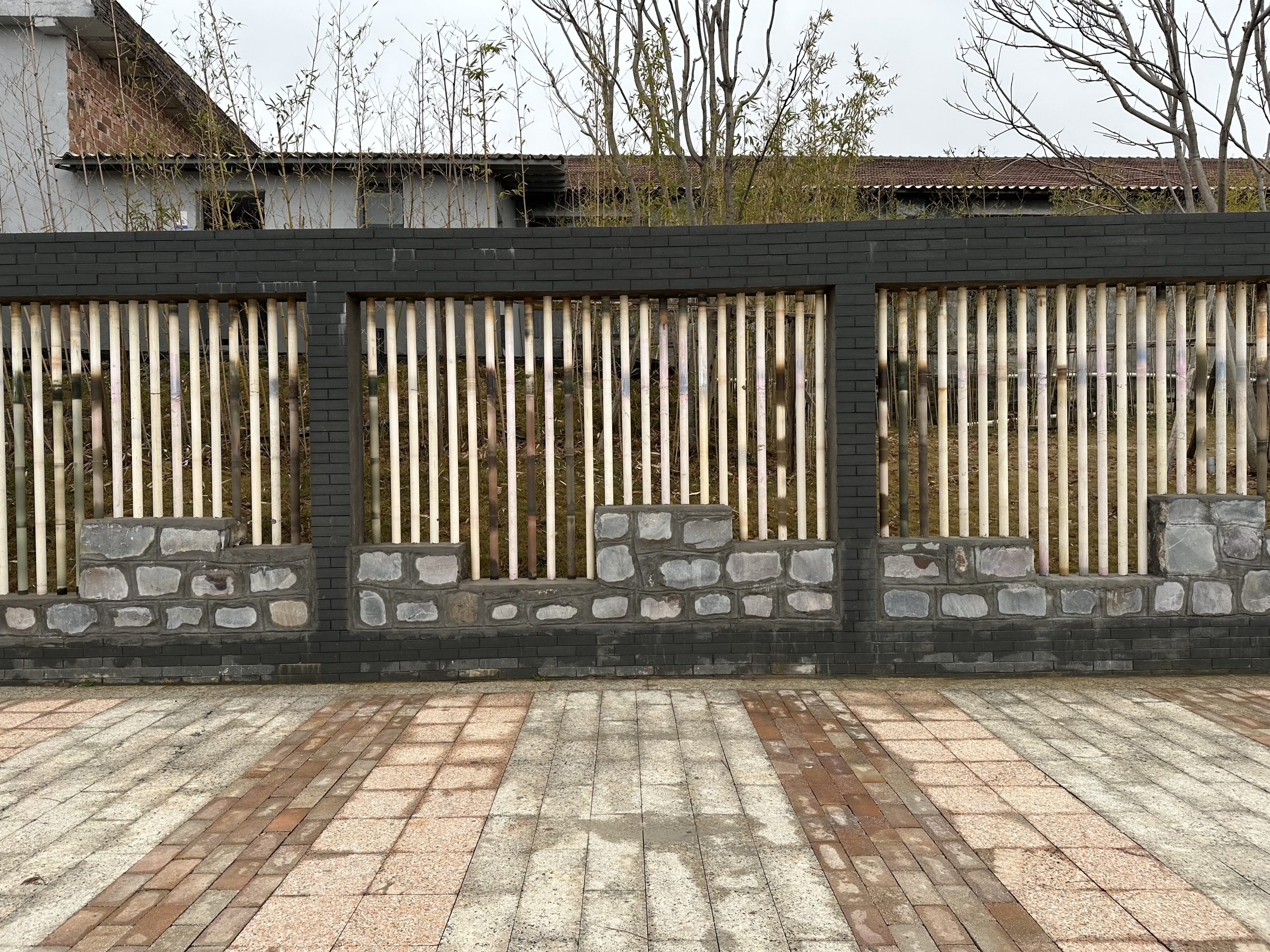
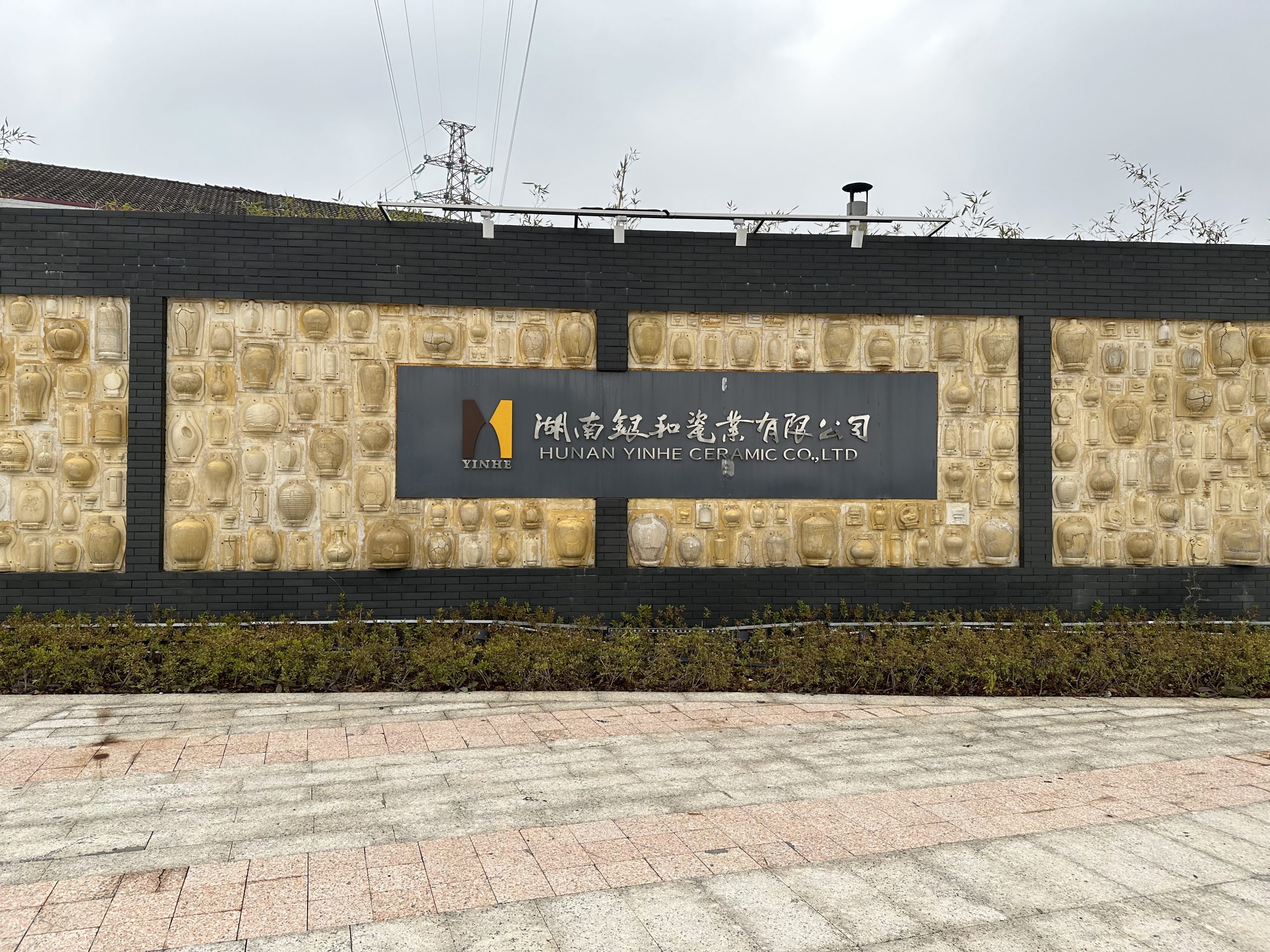
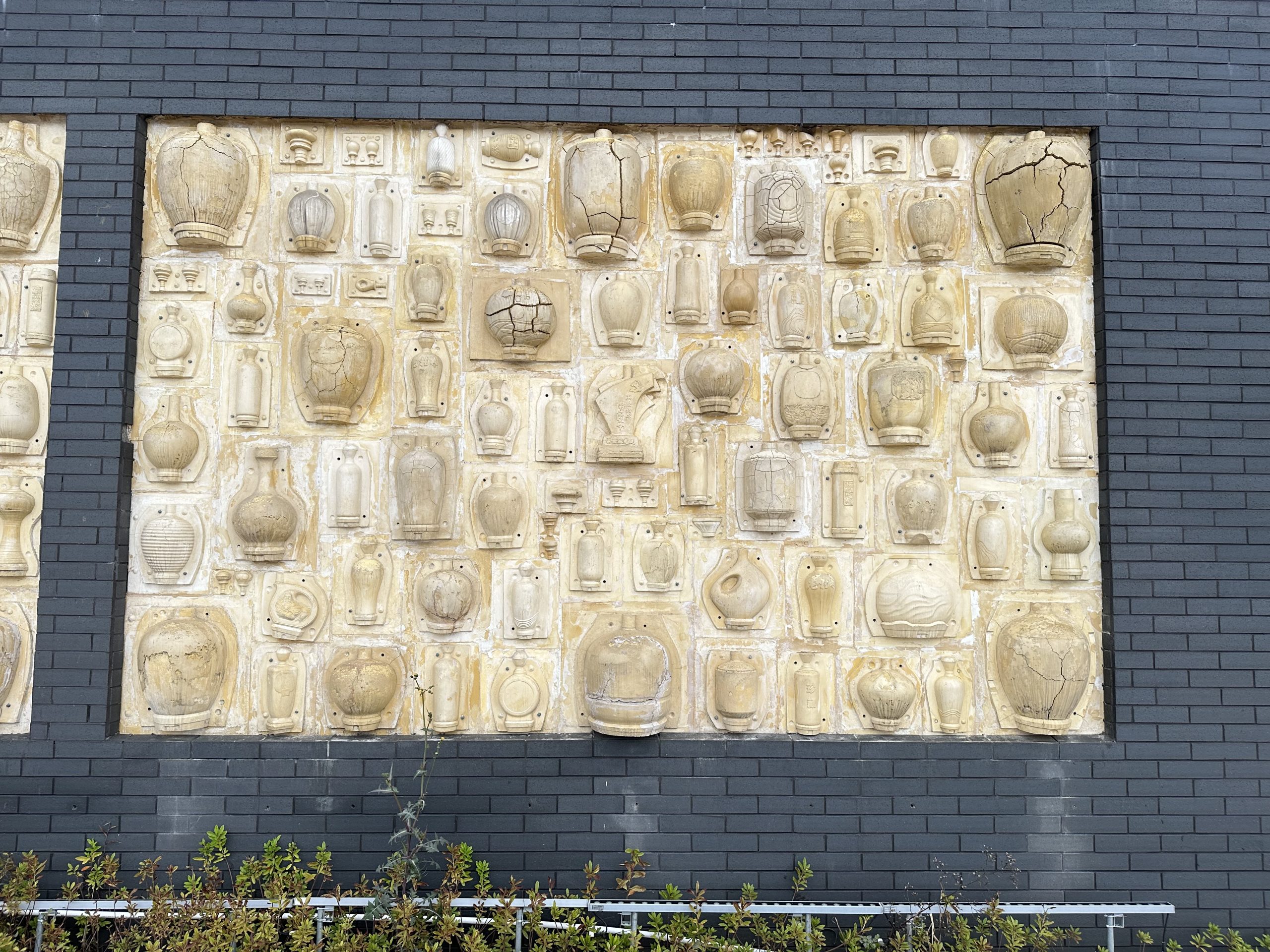
All kinds of waste waste that could only be reduced to garbage have been transformed into ceramic objects with unique textures, which not only have practical and aesthetic functions, but also bear people’s expectations for sustainable development. In addition to improving the way of energy supply, we also added the concept of sustainable environmental protection into the design of our products, and through the innovation of ceramic clay and glaze, we have produced a series of recycled vase, which not only reduce environmental pressure, but also take into account economic benefits, so that the ceramic products produced are cheap and cheerful.
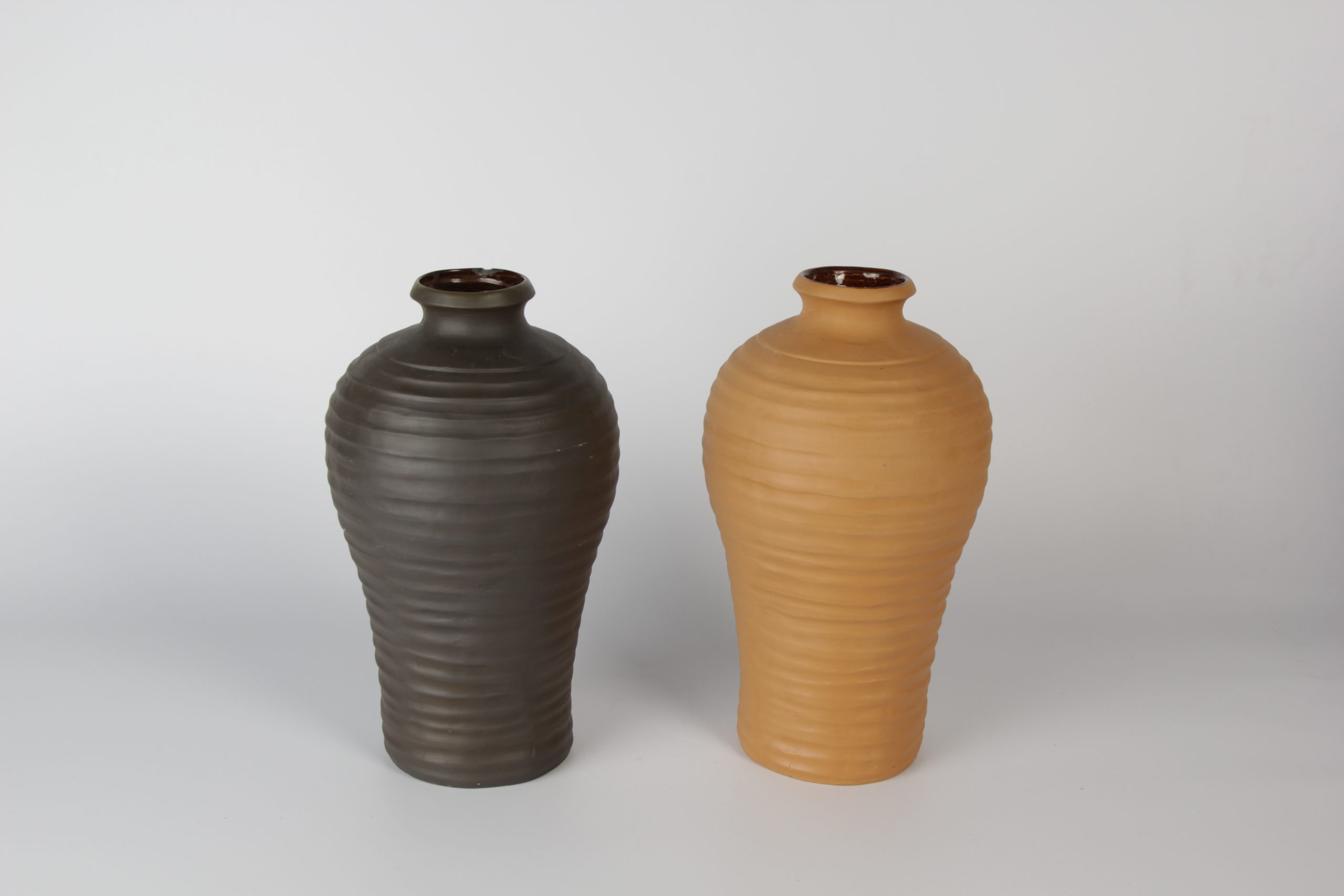
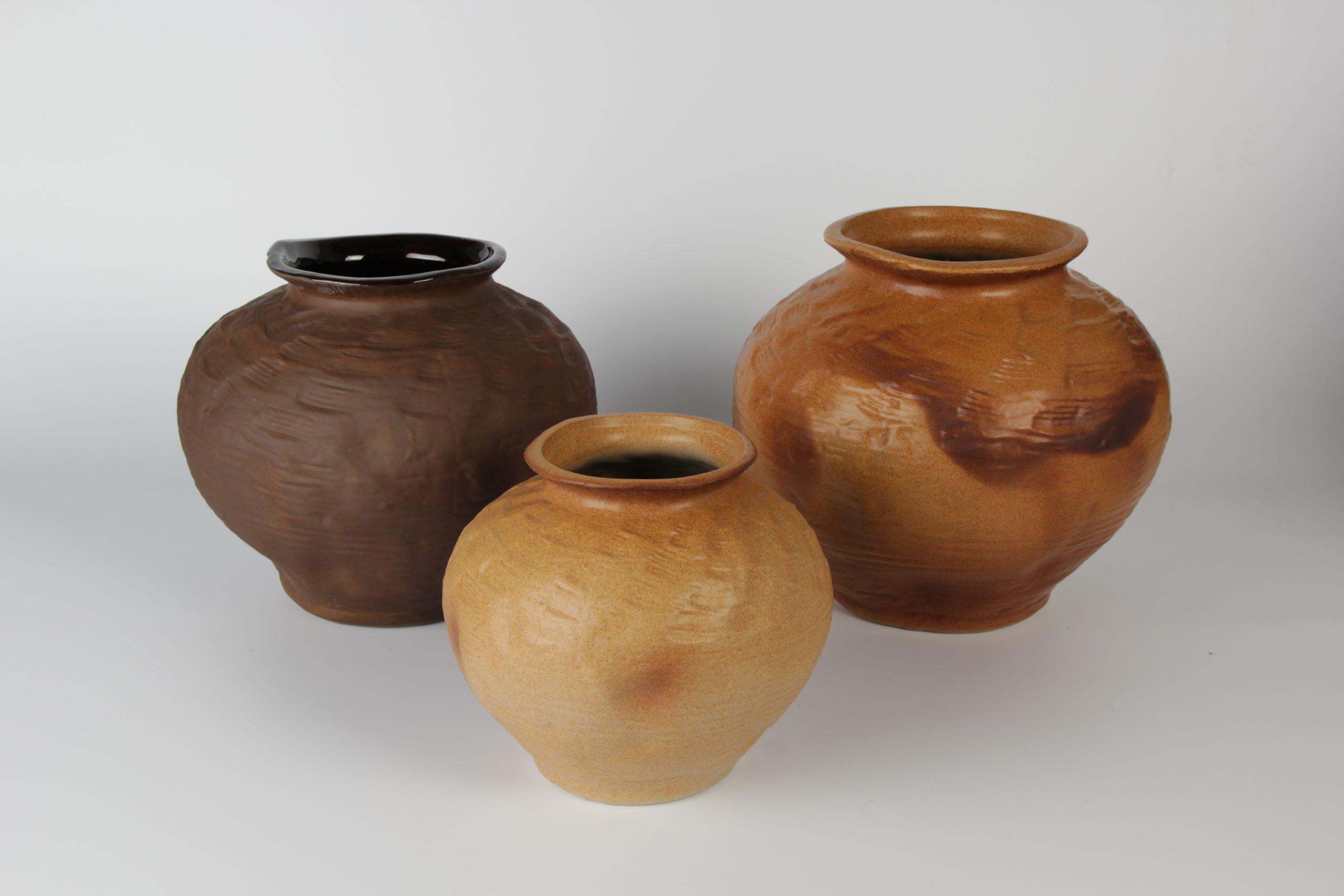
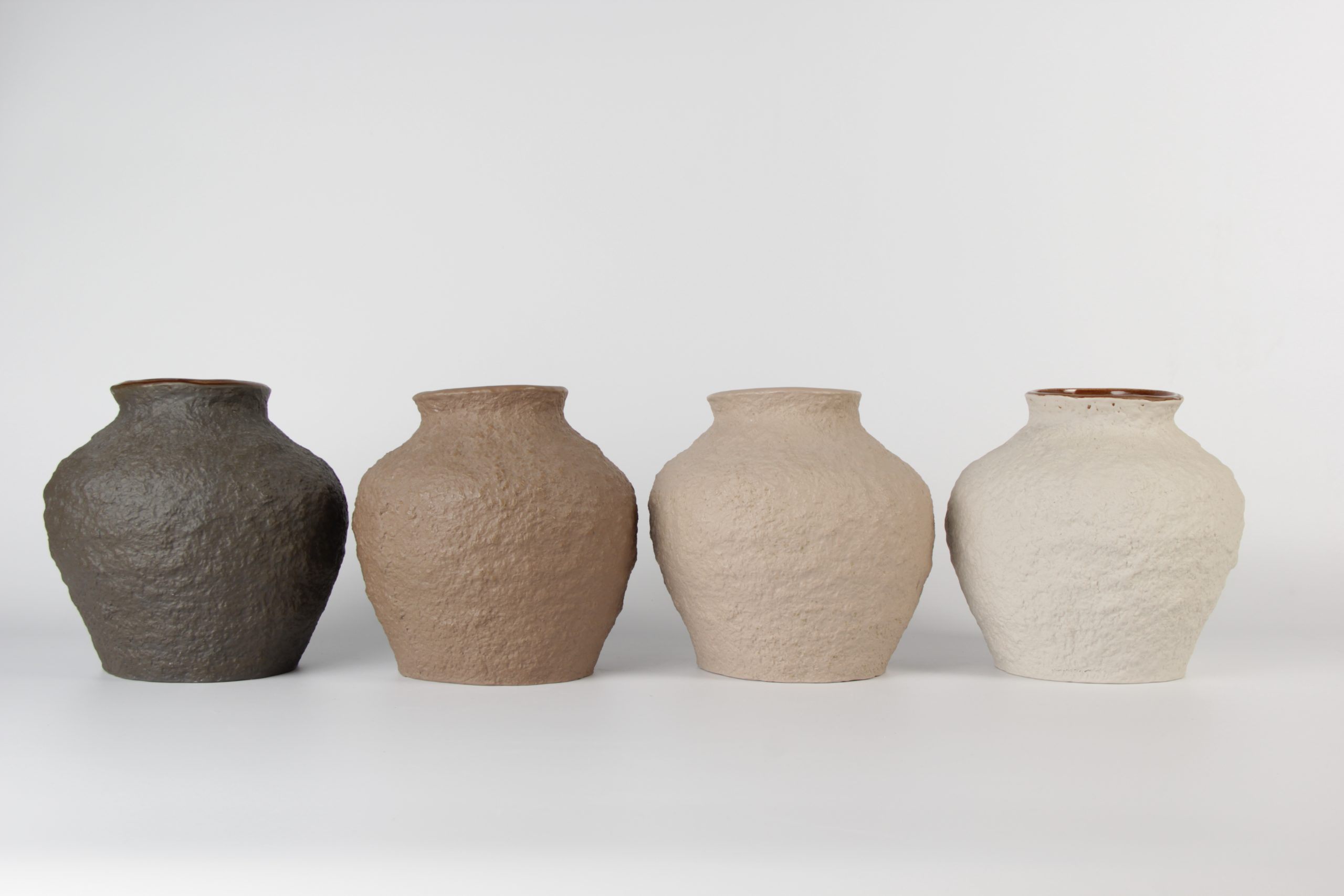
With the improvement of environmental awareness, the emergence of recycled ceramics will attract people’s attention to sustainable development. As the inheritor of thousand-year-old ceramic culture, we try to fully tap the use value of each ceramic-related material, only in this way can the thousand-year-old kiln fire be lasting endlessly.

